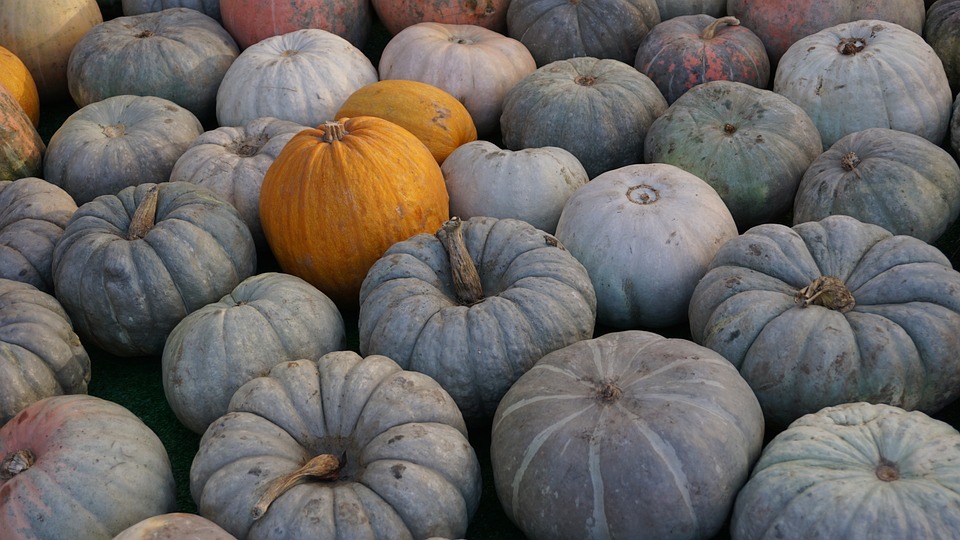Living off the grid has been one of the most fulfilling experiences of my life. It has given me the opportunity to truly connect with the earth and live in harmony with the environment. One of my passions during this time has been sustainable farming and gardening. Over the years, I have learned numerous techniques to reduce environmental impact and create a truly sustainable garden. These techniques go beyond just using organic fertilizers and pesticides, and I’m excited to share 10 of my favorite sustainable gardening techniques that you may not have heard of before.
1. Companion planting: One technique that I have found incredible success with is companion planting. This technique involves planting different species of plants close to each other in a way that benefits both. For example, planting garlic alongside roses can help repel pests that are attracted to the roses. This reduces the need for harmful pesticides and creates a more biodiverse and sustainable garden.
2. Rainwater harvesting: Collecting and using rainwater in the garden is a simple yet effective way to reduce environmental impact. By installing rain barrels or a larger cistern, you can capture rainwater to be used for watering your plants instead of relying on treated tap water. This not only reduces your carbon footprint but also helps conserve water resources.
3. No-till gardening: Traditional gardening often involves tilling the soil, which can disrupt the natural ecosystem and lead to soil erosion. No-till gardening, on the other hand, involves minimal disturbance of the soil, which helps promote healthy soil structure and microbial activity. It also reduces the need for mechanical equipment, saving energy and reducing emissions.
4. Vermicomposting: Instead of throwing away food scraps, why not turn them into nutrient-rich compost for your garden? Vermicomposting, or composting with the help of worms, is a sustainable way to manage organic waste and create a valuable resource for your garden. Plus, it’s a fun and educational project for the whole family.
5. Polyculture: In contrast to monoculture, where a single crop is grown in a large area, polyculture involves growing multiple crops in the same space. This mimics natural ecosystems and promotes biodiversity, making the garden more resilient to pests and disease. It also maximizes the use of space and resources, creating a more sustainable and productive garden.
6. Permaculture design: Permaculture is a holistic approach to gardening and farming that aims to create a self-sustaining and harmonious ecosystem. By designing your garden based on permaculture principles, such as using natural patterns, integrating diverse species, and minimizing waste, you can create a truly sustainable and regenerative garden.
7. Seed saving: Instead of buying new seeds every year, consider saving seeds from your own plants. This not only saves money but also helps preserve heirloom varieties and promotes genetic diversity. It’s a simple yet powerful way to participate in the cycle of life and support sustainable gardening practices.
8. Indigenous plant cultivation: Growing native and indigenous plants in your garden not only supports local biodiversity but also helps conserve water and reduce maintenance. These plants are adapted to the local climate and soil, making them more resilient and sustainable choices for your garden.
9. Hugelkultur: This ancient German gardening technique involves creating raised beds filled with decomposing wood and organic matter. As the wood breaks down, it becomes a rich source of nutrients for the plants. Hugelkultur not only reduces the need for external inputs but also improves soil fertility and water retention.
10. Agroforestry: Integrating trees and shrubs into your garden can provide numerous benefits, such as shade, windbreak, and habitat for wildlife. Agroforestry combines agriculture and forestry in a mutually beneficial way, creating a more sustainable and diverse landscape.
Pro Tips:
– Start small and experiment with one or two sustainable gardening techniques at a time. Not all techniques may work for your specific climate and soil, so it’s important to observe and adapt.
– Connect with local gardeners and sustainable farming communities to learn from their experiences and gain valuable insights.
– Embrace the principles of permaculture and strive for a holistic and regenerative approach to gardening. It’s not just about growing plants but creating a sustainable and dynamic ecosystem.
In conclusion, sustainable gardening is not just a trend but a necessary practice for preserving the planet and our future. By implementing these 10 sustainable gardening techniques, you can reduce your environmental impact, create a more resilient and diverse garden, and contribute to a healthier and more sustainable world. So, roll up your sleeves, get your hands dirty, and let’s create beautiful and sustainable gardens together!



